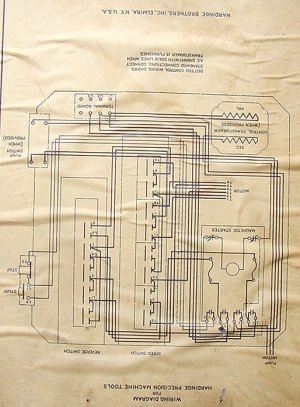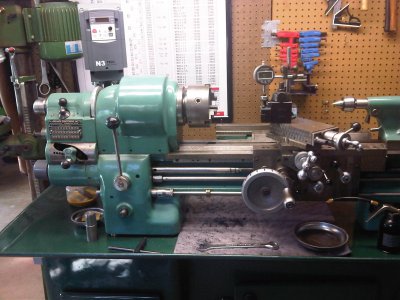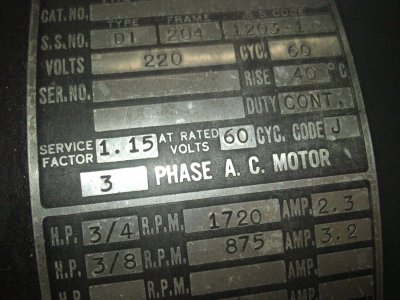- Joined
- Sep 27, 2012
- Messages
- 26
I am in the process of getting a TL lathe. I plan to replace the 3 phase motor with a 2.5 HP DC motor. I know that the lathe has a High-Low-Brake switch handle.
A wiring diagram and/or pictures would be helpful.
The DC motor has a speed control and I could add a reversing switch, but would rather use the lathe reversing mechanics to accomplish that.
A wiring diagram and/or pictures would be helpful.
The DC motor has a speed control and I could add a reversing switch, but would rather use the lathe reversing mechanics to accomplish that.



